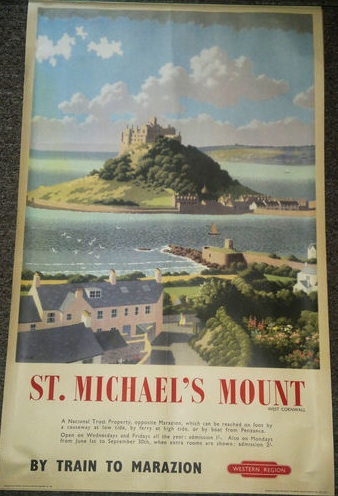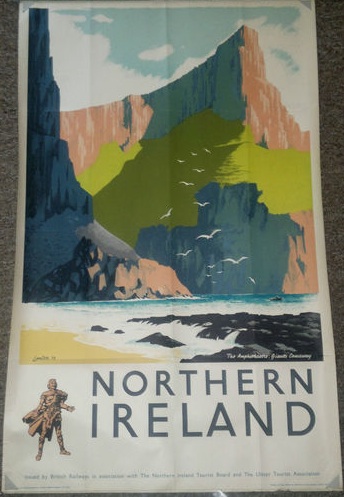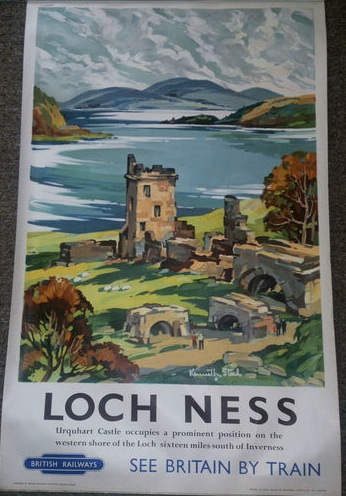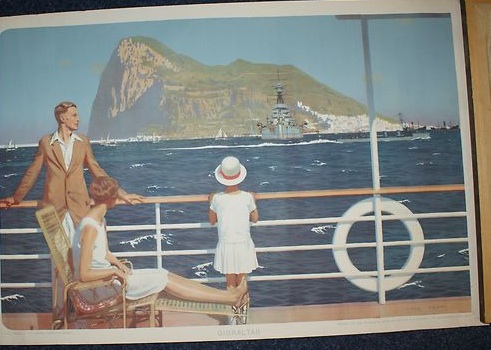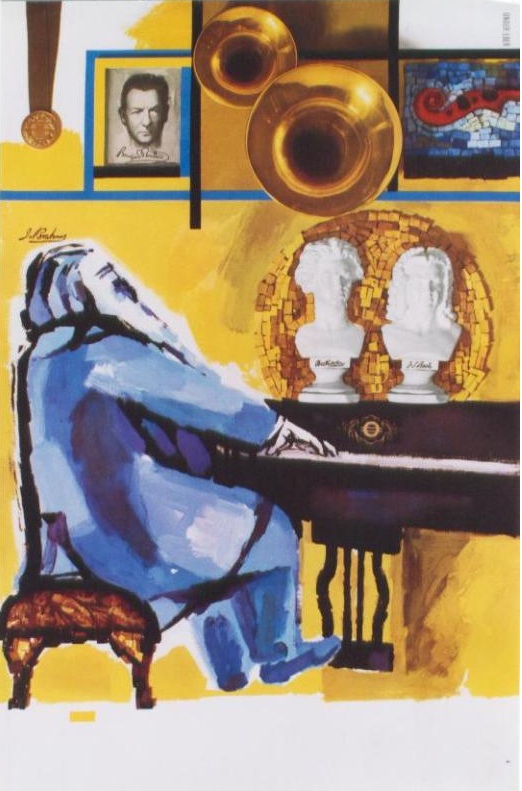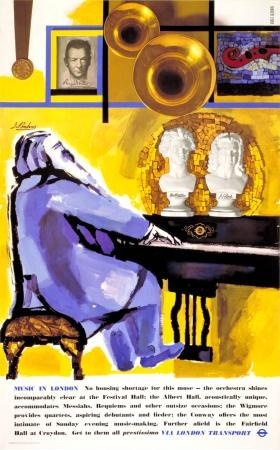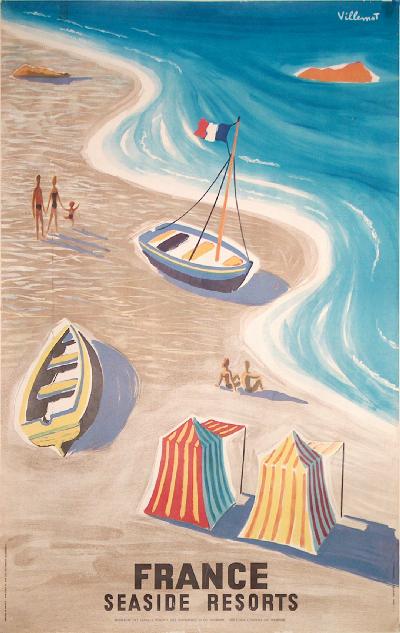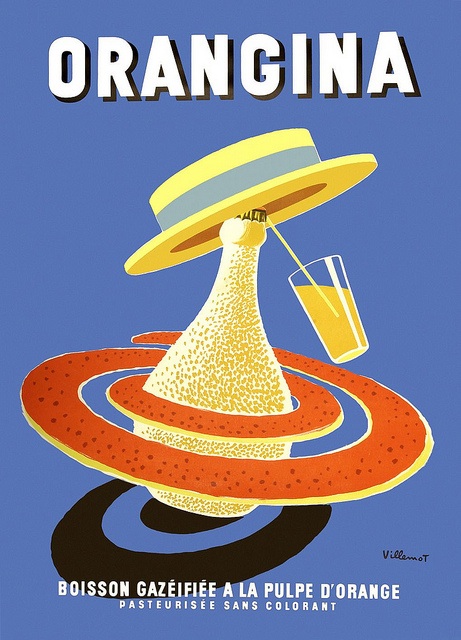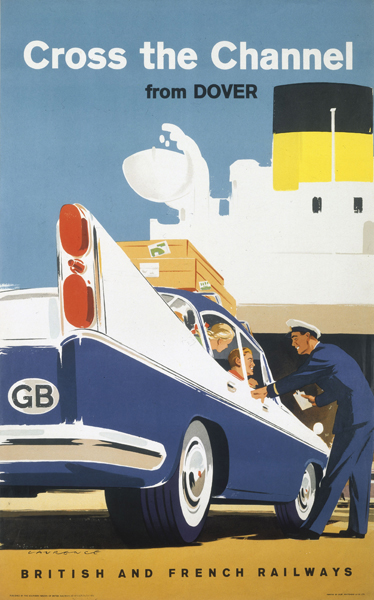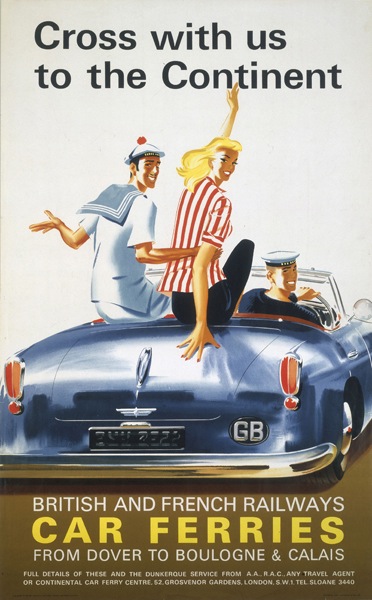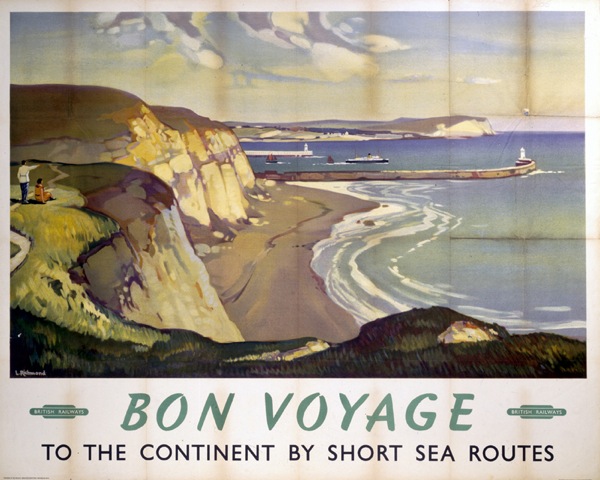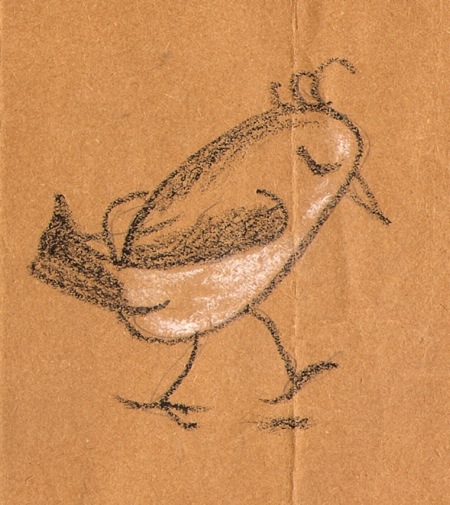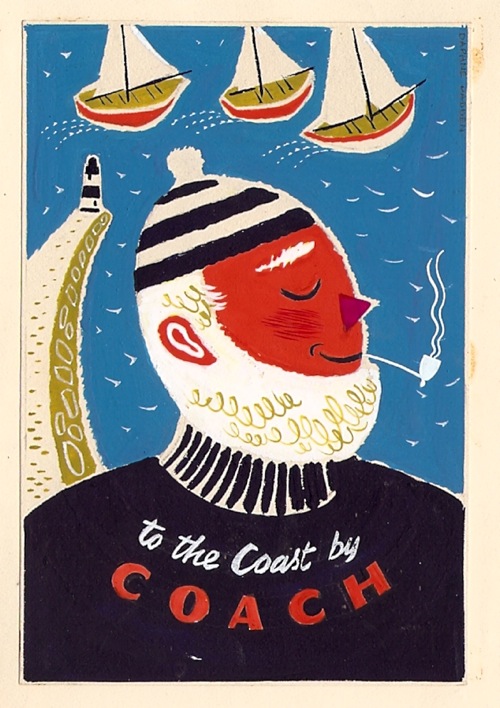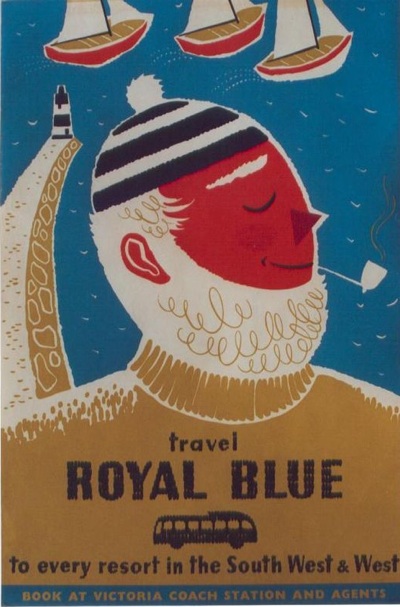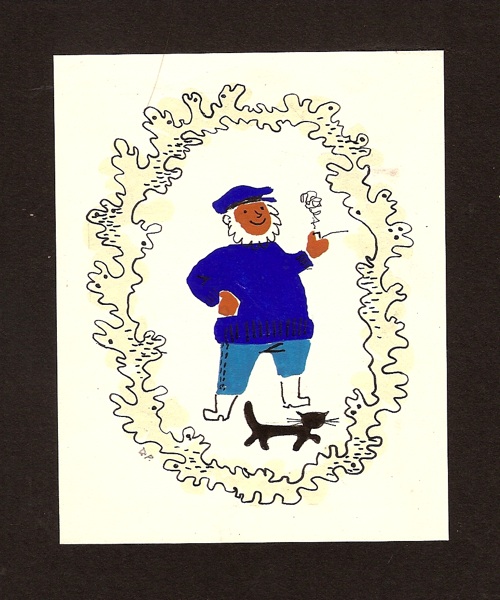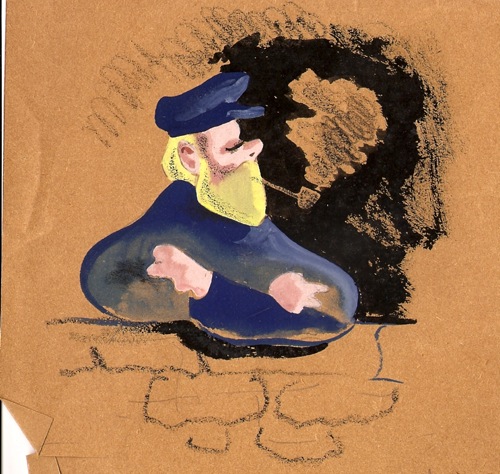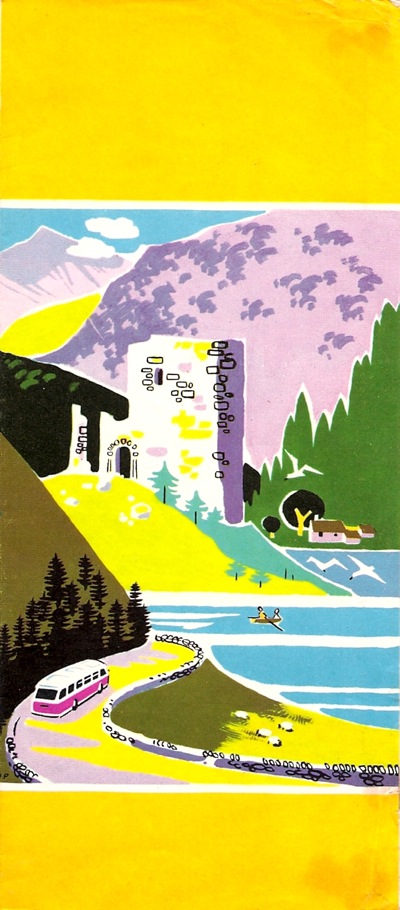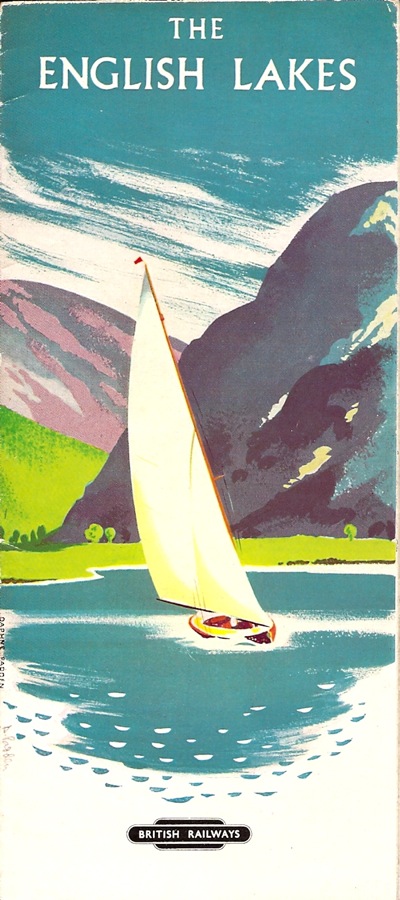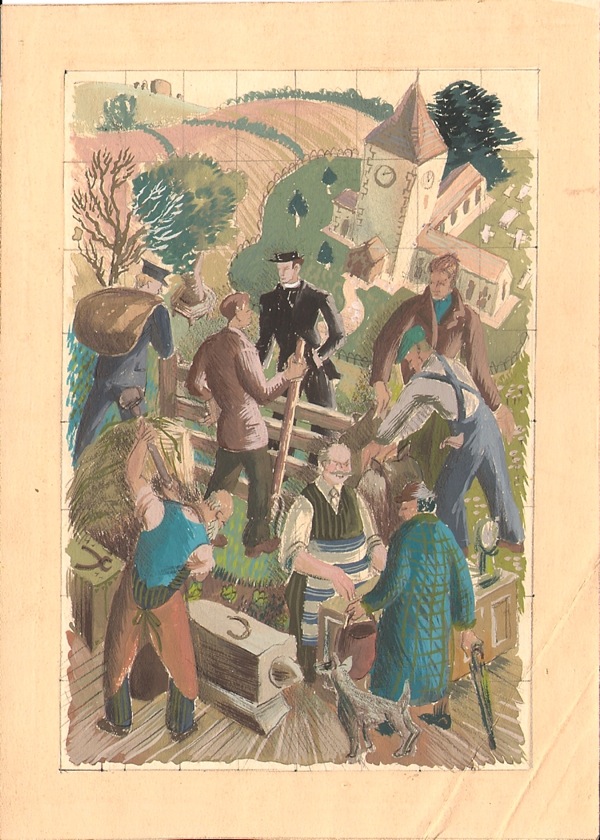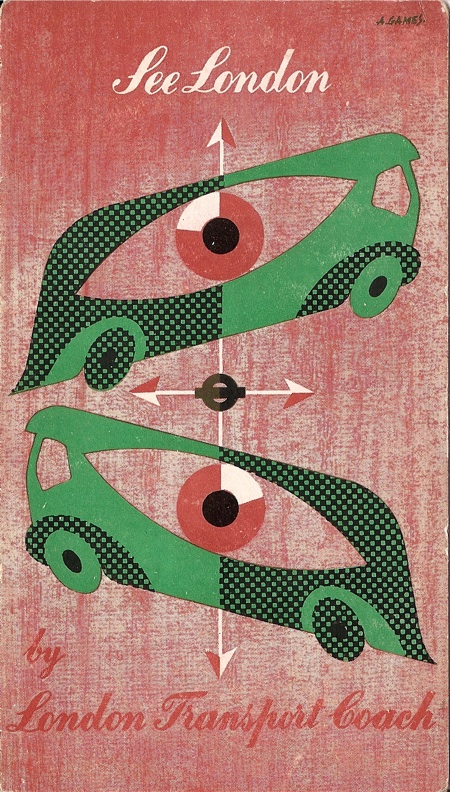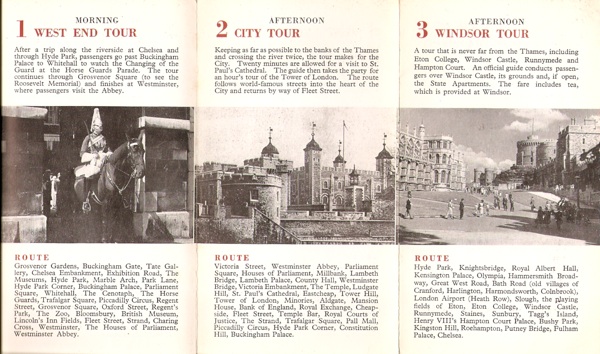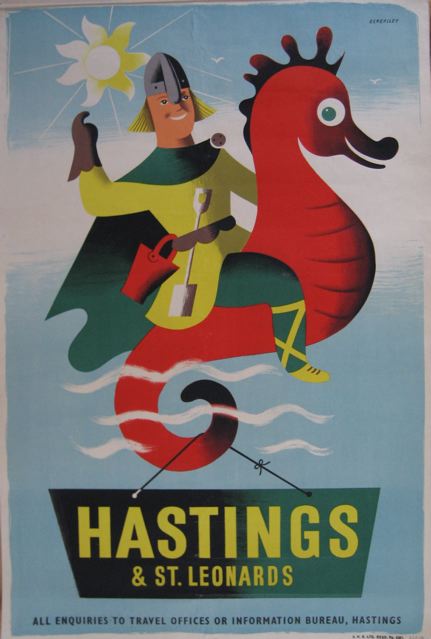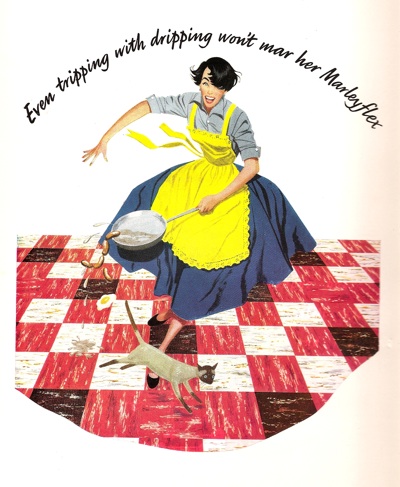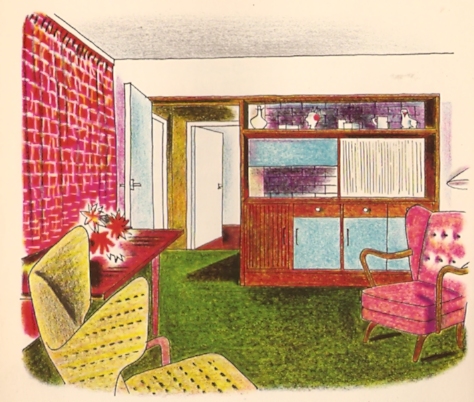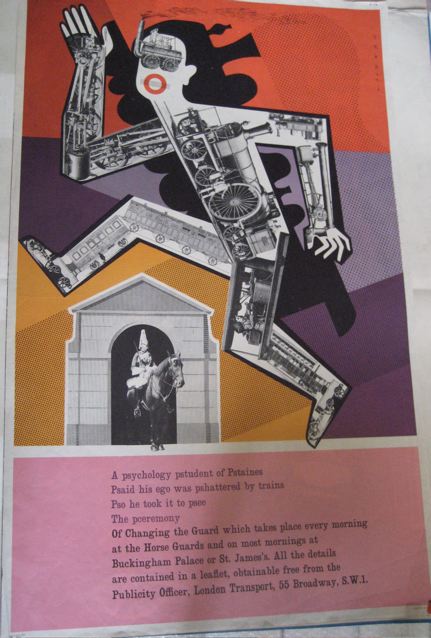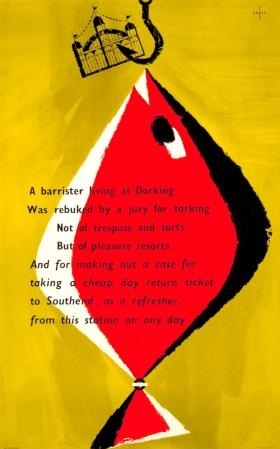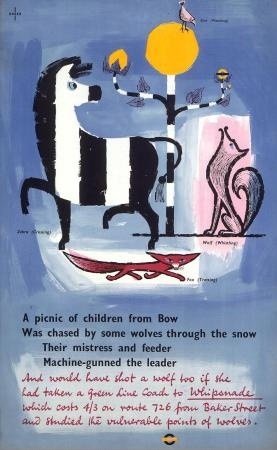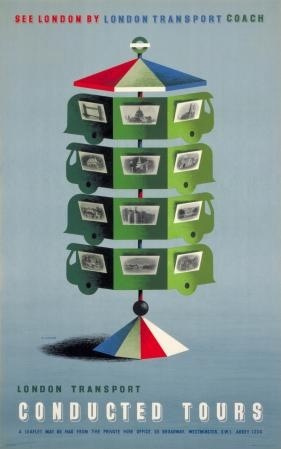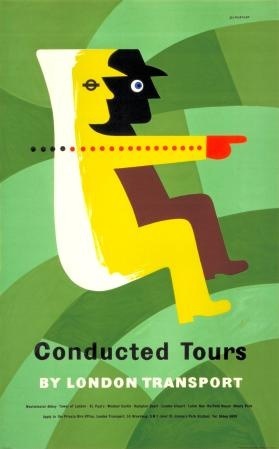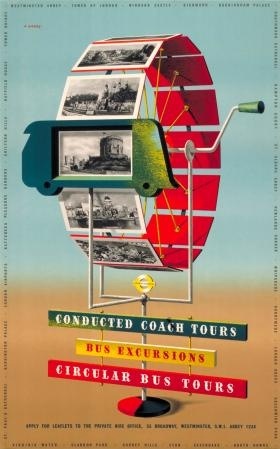Deja vu all over again
I seem to have come back from holiday only to wander into a fold in time, because at least some of the posters on offer out there seem strangely familiar.
Lets start with Dreweatts in Bristol, who are once again selling the work of Percy Drake Brookshaw.
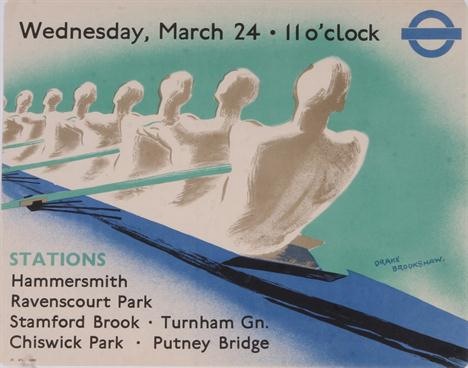
Percy Drake Brookshaw, 1927, est. £150-200
This is not a new thing, in fact it’s something which has been going on almost since the very beginning of this blog.
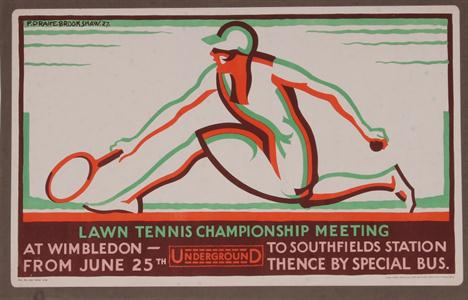
Percy Drake Brookshaw, 1928, est. £200-300
The only real change being that they have got slightly more realistic in their estimates.
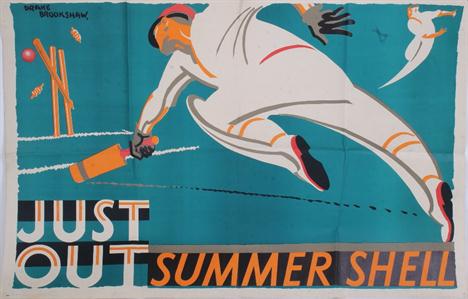
Percy Drake Brookshaw, 1933, est. £300-400
Although I can’t remember these posters ever coming up before.
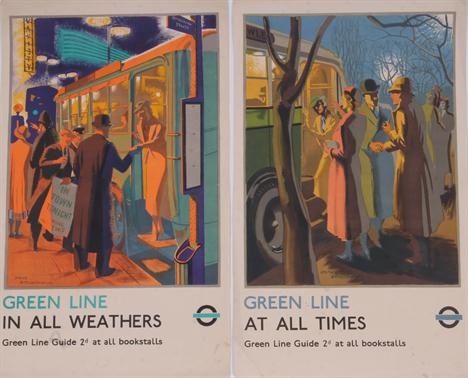
Percy Drake Brookshaw, 1936, est. £200-300
Once again, they are provenanced from the artist’s family by direct descent. I can only imagine, with some envy, the stack of posters they must have had before they started selling.
Elsewhere in auctionworld, a curiosity in Bloomsbury’s British Art Sale. Even they describe it as ‘a macabre vision’.
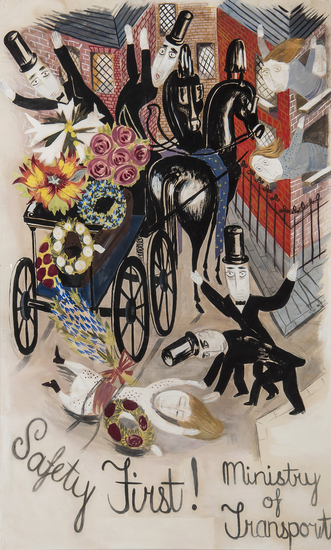
Betty Swanwick, est. £1,000-1,500
It’s a design for a poster, although not one I’ve ever seen. Maybe even the ministry thought it was a step too far. There are some examples of her painting up for sale too – I rather like this.
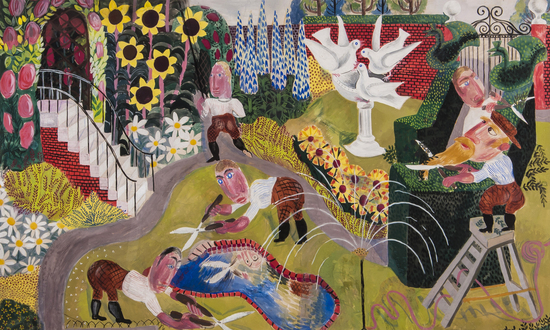
Betty Swanwick, est. £1,500-2,000
Although the price is once again a reminder why we collect posters rather than fine art. I’m sure there are lots more wonderful things lurking in that auction too, but I don’t dare take a very close look in case I start spending money which is meant to be used for house renovation.
Meanwhile on eBay, there’s more on offer than I’d normally expect to find in the doldrums of August, and they’re proper posters too. The kind that you might normally expect to find in auctions. Let’s start with a handful of classic railway posters. Well, post-war classics at least.
But it’s this Kenneth Steele which seems to be the most popular with the bidders so far.
The price as I write stands as £221, with more than four days to go.
Also doing well are a set of three Empire Marketing Board posters from the 1930s.
The Gibraltar example above, by Chas Pears, has already reached £122, but you can still have his version of the Suez Canal for a bid over £5.59 if you like.
Finally, an oddity from our old friends PosterConnection. I don’t suggest that you actually buy this, what with it costing $400 and all, but it’s worth a look.
It’s by our old friends Hans Unger and Ebhard Schulze, but it’s not a plain mosaic, rather it’s a collage with a bit of mosaic in.
The poster is also missing the text beneath – here is the LT Museum copy by way of comparison.
Although whether that makes it worth more or less I have no idea. Any thoughts?
